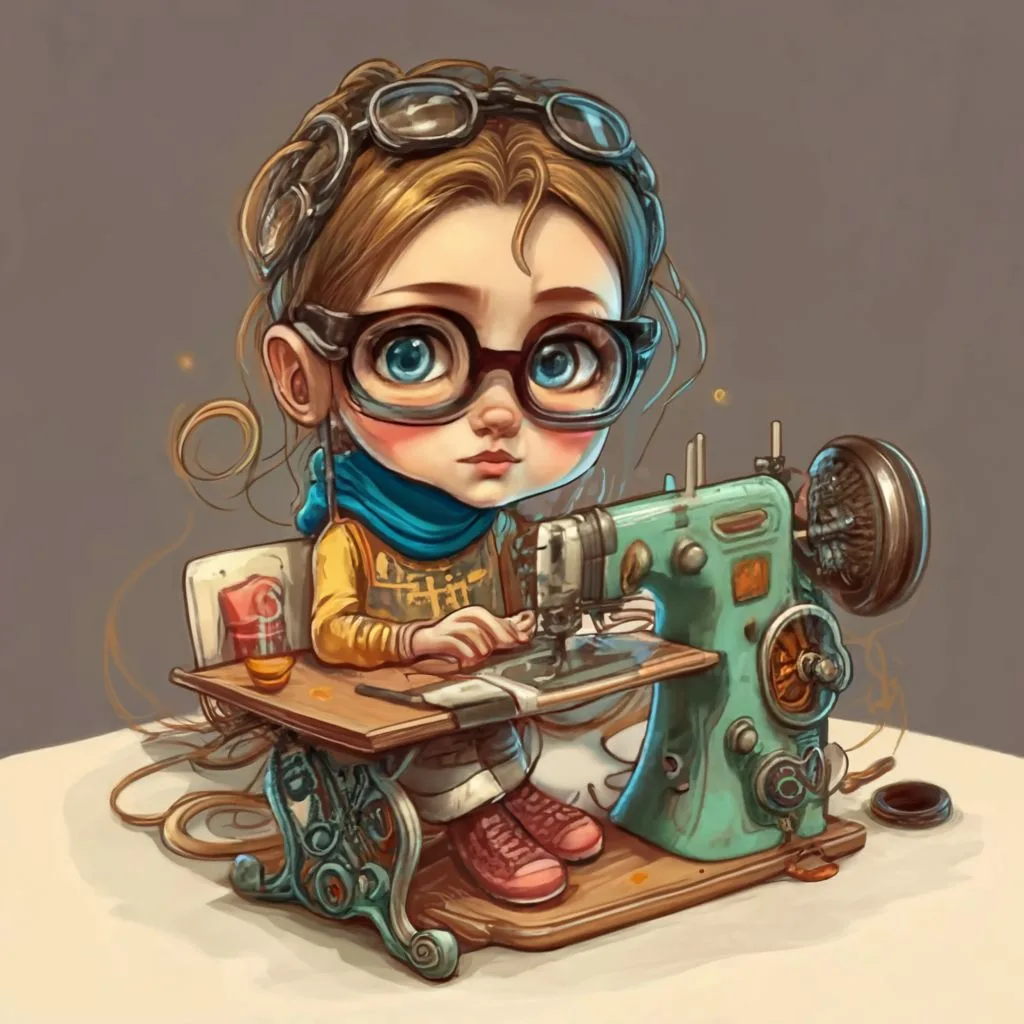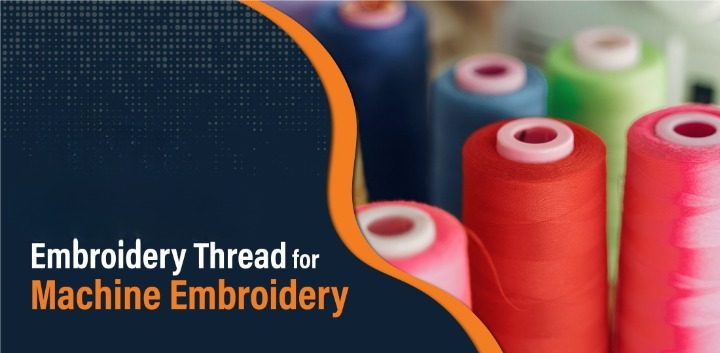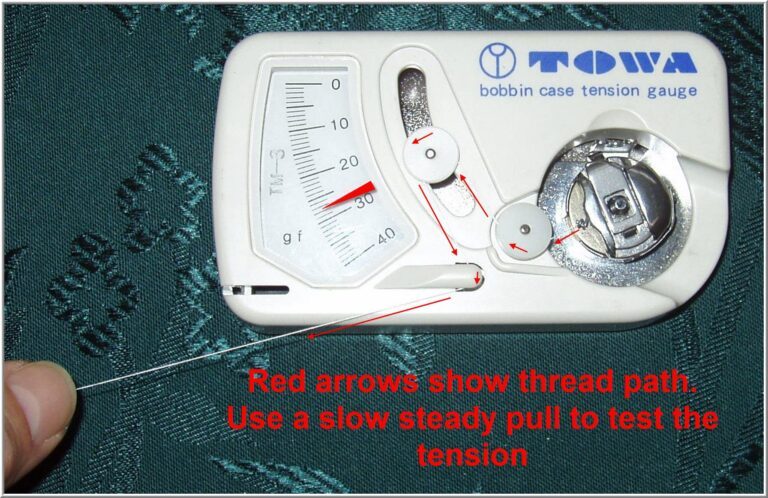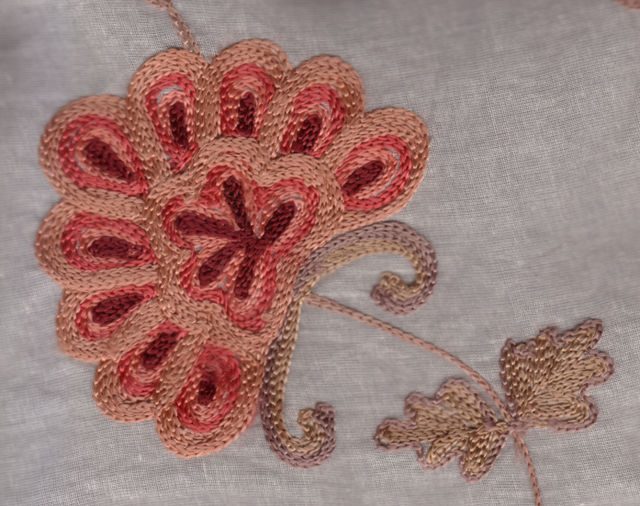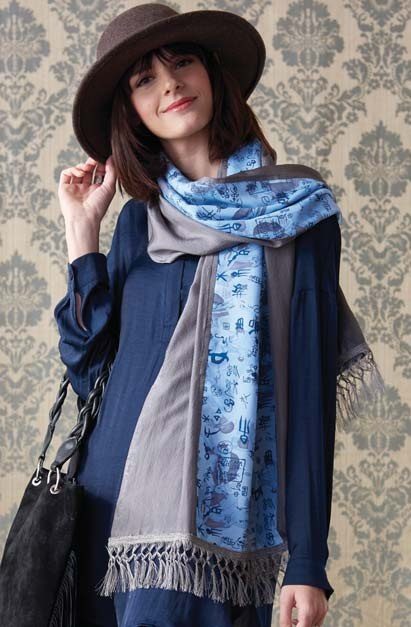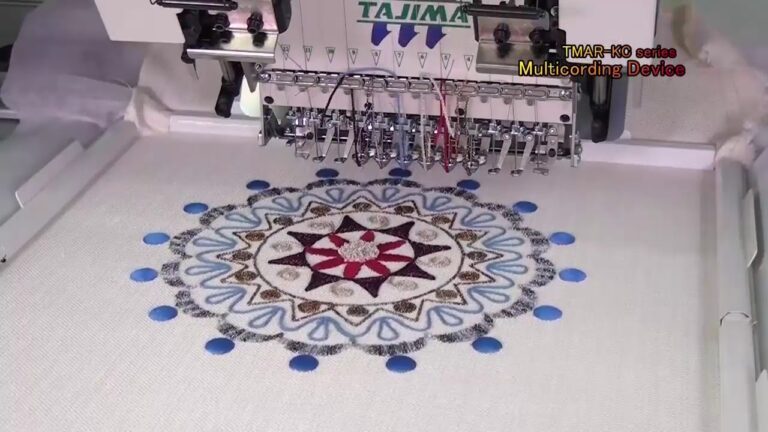Stitching Wisdom: Unveiling the Secrets with an Embroidery Design Expert
Embroidery enthusiasts know the feeling – the thrill of seeing a blank canvas transform into a vibrant design, the satisfaction of each perfectly placed stitch. But even seasoned stitchers encounter questions and challenges along the way. To delve deeper into the fascinating world of embroidery design, we invited Sarah Williams, a renowned embroidery artist and educator, to answer your burning questions!
Q: I’m new to embroidery design software. Any tips for choosing the right one for my needs?
Sarah: Absolutely! Consider your skill level, budget, and desired features. Popular choices like Brother PE-Design, Bernina ArtLink, and Hatch Embroidery offer beginner-friendly interfaces and basic editing tools. As you progress, explore options like Wilcom Embroidery Studio or Embird Studio for advanced features like digitizing and custom pattern creation.
Q: How do I choose the perfect stabilizer for my project?
Sarah: Stabilizer selection is crucial! For lightweight fabrics, opt for tear-away stabilizer. For thicker fabrics or embroidery with heavy thread density, use cut-away stabilizer. Consider water-soluble stabilizers for delicate fabrics or intricate designs. Remember to test different options on scrap fabric before diving into your final project.
Q: I’m drawn to 3D embroidery, but it seems intimidating. Any advice for a beginner?
Sarah: Start with small, simple designs and gradually increase complexity. Practice layering different stabilizer types and thicknesses to create dimension. Explore techniques like puff stitch, detached stitches, and stumpwork. Remember, practice makes perfect – don’t be discouraged by initial challenges!
Q: Is it possible to embroider on unusual materials like leather or denim?
Sarah: Absolutely! However, it requires proper preparation and technique. Use specific needles designed for the material and adjust thread weight and tension accordingly. Experiment with stabilizers like heavy tear-away or specialty stabilizers made for specific materials. Research online tutorials and resources for specific techniques and tips.
Q: I’m interested in creating my own embroidery designs. Where do I begin?
Sarah: Digitizing software like Inkscape or Illustrator can be used to create basic designs. More advanced options like Wilcom Embroidery Studio offer tools for converting artwork into machine-readable stitches. Consider taking digitizing courses or workshops to learn the intricacies of the process.
Q: How can I overcome common embroidery design challenges like thread breaks or skipped stitches?
Sarah: Most issues stem from incorrect tension, blunt needles, or inappropriate stabilizer use. Ensure proper thread tension for both top and bobbin threads. Replace needles regularly, especially after working with metallic threads or thick fabrics. Choose the right stabilizer based on your fabric and technique. Testing on scrap fabric beforehand can help identify and prevent potential issues.
Q: What are some resources you recommend for embroidery enthusiasts?
Sarah: Online communities like Facebook groups and forums offer a wealth of knowledge and support. Embroidery magazines and websites like Creative Machine Embroidery and Sew Mama Sew provide tutorials, project ideas, and expert advice. Consider taking online courses or workshops to hone your skills and learn new techniques.
Q: What’s the most important piece of advice you have for embroidery enthusiasts?
Sarah: Don’t be afraid to experiment, embrace mistakes as learning opportunities, and most importantly, have fun! Every project is a journey, and the joy of embroidery lies in the creative process itself. Keep stitching, keep learning, and keep sharing your passion with the world!
Remember, this is just a starting point! Encourage readers to ask their own questions in the comments, and consider incorporating Sarah’s personal anecdotes and experiences to make the article more engaging and insightful. You can also include visuals like images of different stabilizers, needle types, and successful 3D embroidery projects to enhance the learning experience. By offering valuable information and expert insights, you can empower embroidery enthusiasts to confidently explore the boundless possibilities of design and create truly unique and stunning pieces.
Related Posts
Discover relevant articles, tutorials, and tips to improve your skills and explore new techniques.
Stay inspired and connected to our embroidery community.
